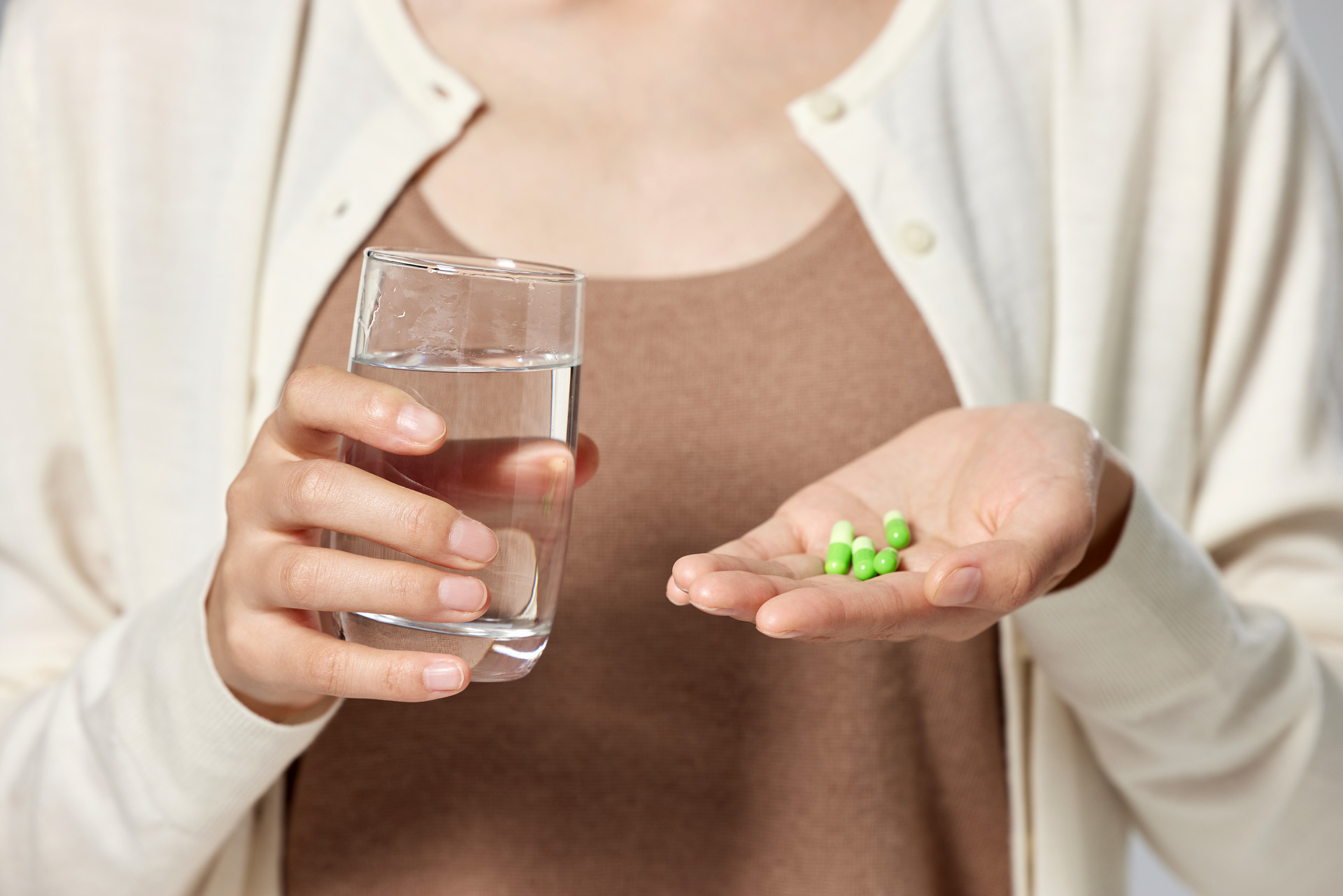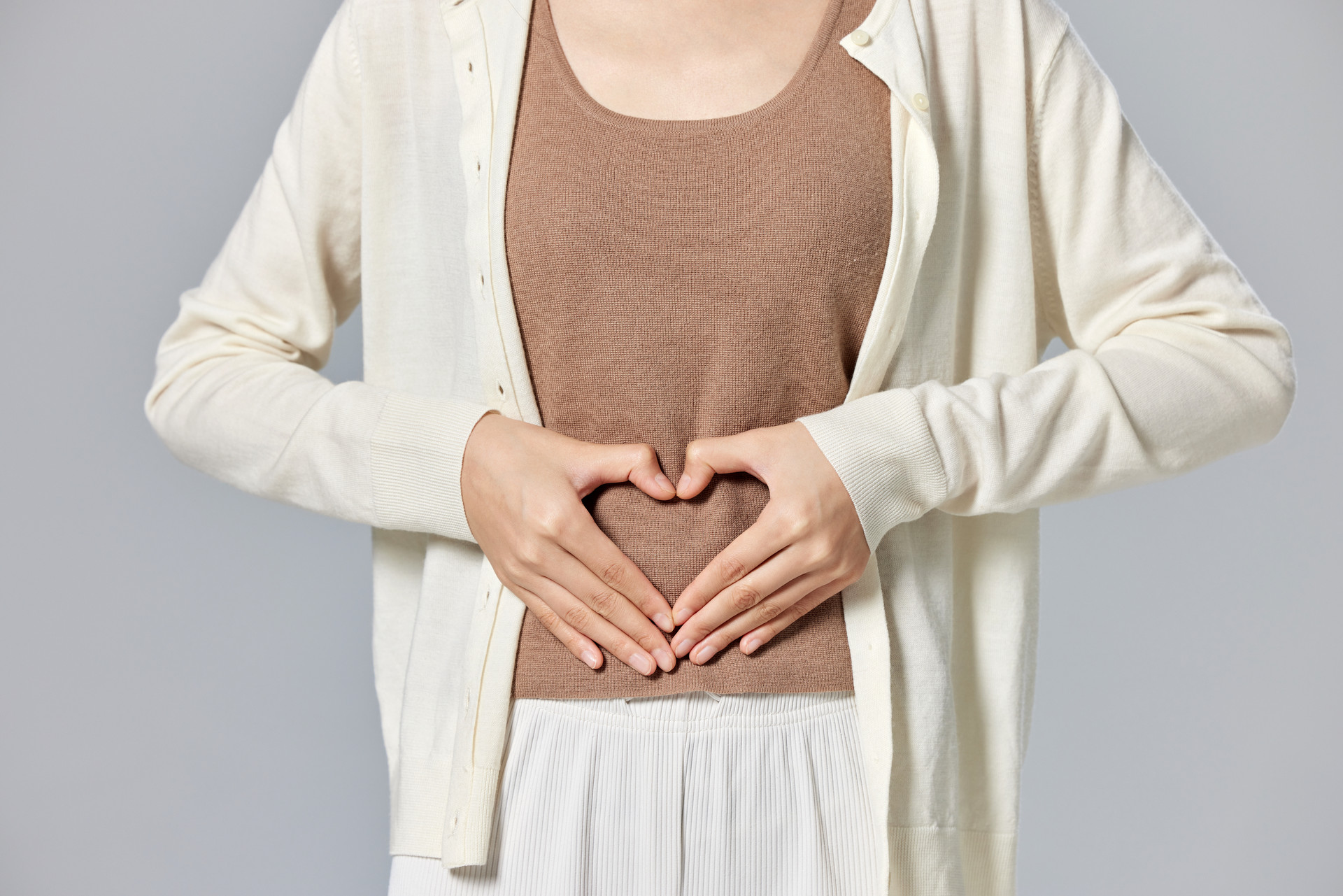Spots, known as "liver spots" in traditional Chinese medicine, are believed to be caused by stagnation of liver Qi and blood stasis, leading to impaired circulation. These factors are also the main causes of menstrual obstruction. Under normal circumstances, waste products generated by the body's metabolism are quickly carried away by the blood and eliminated from the body, so no pigmentation occurs. However, if there is poor blood circulation, these waste products gradually accumulate and result in spots.
When it comes to spots, they are most likely to appear on the faces of "powerful women". These women work efficiently, are highly motivated, and experience high levels of mental stress. In fact, these women are more prone to liver Qi stagnation. If this condition persists, it can lead to prolonged liver fire, damaging the Yin and blood in the face and causing poor blood circulation. When the Qi and blood in the face are not harmonious, spots are more likely to appear.
The circulation of blood primarily relies on the propulsion of Qi. When the flow of Qi is obstructed, it affects blood circulation. The liver is responsible for promoting Qi circulation and regulating emotions. Therefore, long-term emotional suppression can lead to Qi stagnation in the liver. "Miss Lin" should quickly get rid of those melancholic feelings, release emotional burdens, and dispel mental haze.
According to traditional Chinese medicine, anger harms the liver. In the book "Huangdi Neijing", there is an expressive metaphor: "The liver is the official of the general." Why didn't the ancients compare the liver to a civil official? The liver is in charge of dredging and dispersing, as well as promoting growth and smooth evacuation. It is like a general, strong and fiery, enjoying galloping on a broad field. When encountering obstacles, it will clear a path. The liver is the same. Its functions of dredging and promoting growth are like bamboo shoots breaking through the soil, even able to overturn "stones". Therefore, when liver Qi is smooth, Qi and blood will flow smoothly. If someone "dare not speak out in anger," they will feel depressed and unhappy. If this repression persists, liver Qi will naturally stagnate.
In fact, the "face" problem is mainly due to poor meridian circulation, which obstructs detoxification in the body. Gua sha can be used, and with persistence, the facial spots will gradually fade and eventually be eliminated.
The acupoints for gua sha are Liver Yu, Taichong, Xuehai, and Zusanli. The Liver Yu point has the effects of soothing the liver and promoting bile flow and blood nourishment. It is a commonly used acupoint for liver health. The Taichong point has the functions of soothing the liver and regulating Qi, promoting blood circulation, and harmonizing the Triple Burner Qi. Pressing this point after getting angry can help disperse Qi and relieve anger, alleviating some diseases caused by anger. Therefore, the Taichong point is also known as the "anger-relieving point" or "ventilation point". The Xuehai point belongs to the Spleen Meridian of Foot Taiyin and is the sea of blood vessels in the whole body. It is known that "nourishing the inside to beautify the outside, nourishing blood for a beautiful complexion," so the Xuehai point is an essential acupoint for regulating Qi and blood. Zusanli belongs to the Stomach Meridian of Foot Yangming and can promote meridian circulation. Combined with Xuehai, it can facilitate the downward flow of Qi and blood. By stimulating these meridian points through gua sha, blood congestion can be increased, local microcirculation can be improved, and the function of soothing the liver, regulating Qi, and activating blood circulation can be enhanced, thus lightening spots.
During gua sha treatment, take a gua sha board, dip it in vegetable oil or water, and gently scrape downwards or repeatedly scrape from the inside to the outside on the predetermined area of the body surface, gradually increasing the intensity. The scraping should be in the same direction, with even strength applied using wrist force. Generally, scrape 10 to 20 times until purple-red spots or patches appear. After the first scraping, wait for 3 to 5 days before performing the second scraping. Generally, there may be pain in the affected area within two to three days after scraping, which is a normal reaction. It is worth noting that within 1 hour after gua sha treatment, do not wash the face or hands and feet with cold water. If there are special circumstances, only hot water can be used. After scraping, drink a large glass of hot water to aid metabolism.
Gua sha is a simple and effective method. For women who are afraid of pain, they can drink flower tea. This flower tea is made from rose, white chrysanthemum, safflower, and baked licorice. Rose is warm in nature, sweet, slightly bitter, and belongs to the liver and spleen meridians. It has the effect of promoting Qi circulation and relieving depression. White chrysanthemum has a bitter and sweet taste, a slightly cold nature, and has the function of calming the liver. Safflower is warm in nature, belongs to the heart and liver meridians, and has the function of promoting blood circulation and removing blood stasis. Baked licorice is sweet in taste, neutral in nature, and has the function of benefiting Qi.
Take 3 grams of rose, 9 grams of white chrysanthemum, 3 grams of safflower, and 5 grams of baked licorice. Put them in a pot with 2 bowls of water and simmer over low heat until 1 bowl remains. Drink one dose daily, decocted twice, and continue for 15 days as one course of treatment. Complete three courses of treatment continuously. This has a good effect on soothing the liver and regulating Qi, promoting smooth menstruation, and removing facial spots.






